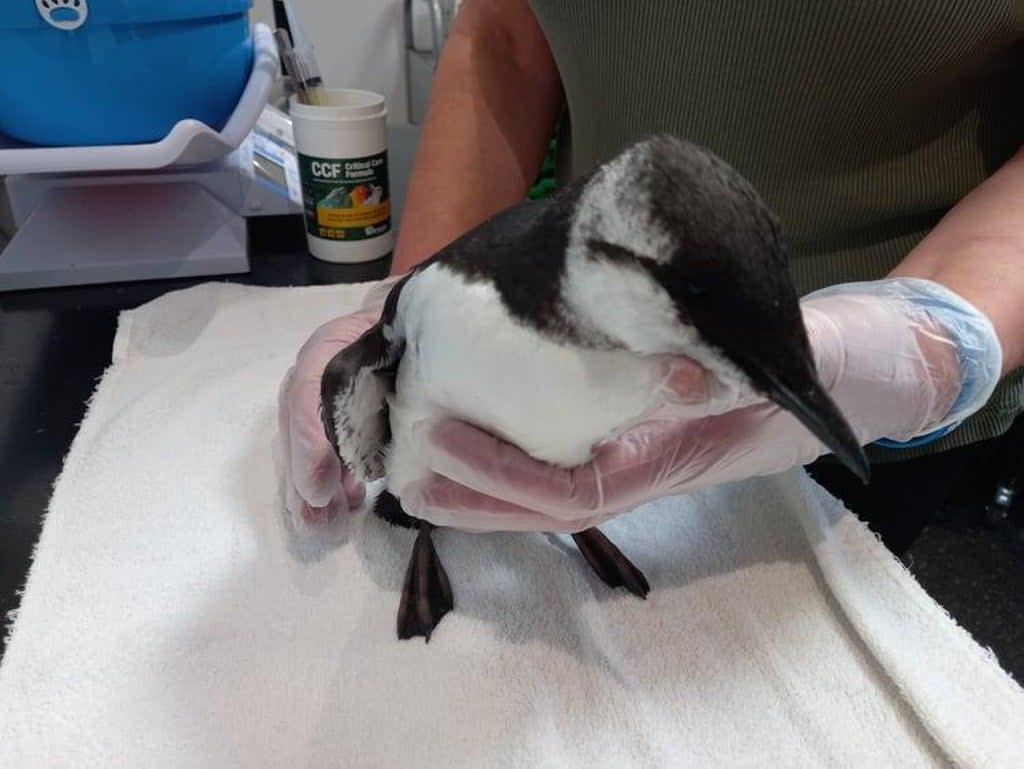Climate crisis: Thousands of seabirds found dead and starving along east coast

Thousands of seabirds have been found dead or starving along the Northumberland and Scottish coasts – with climate change being blamed by some experts.
The sheer number of carcasses discovered – including those of guillemots, razorbills, puffins and kittiwakes – has been called “unprecedented” by experts.
Birdwatchers have reported hundreds of dead animals washing up on beaches, while hundreds more have been seen floating at sea. Some carcasses have been picked up inland, along rivers.
They have been discovered from north east England all the way up to Orkney – a distance of some 300 miles – over the last four weeks.
"The birds are emaciated – they are little more than skin and bone with many half their usual weight which is catastrophically low," said Dr Francis Daunt, ecologist with the CEH.
He said one possible cause of the suffering was poisoning from algal blooms – but others have said climate change is almost certainly a key factor.
As the sea off the east coast warms up, sand eels, white fish and other traditional prey for seabirds appear to be moving deeper under water, effectively putting them out of reach of their flying predators.
Keith Marley, who runs New Arc wildlife rescue centre in Aberdeenshire, said he was certain the catastrophe was caused at least in part by global warming.
“I have no doubt this is related to climate change,” he said. “It’s been confirmed it’s not bird flu and you don’t get toxic incidents effecting an area this big so you have to look at the conditions and the obvious conclusion is changes to sea water temperatures are having an impact.
“It is the younger birds we are seeing mostly dying and they are the ones that cannot dive as deep to reach their prey so that would appear to be the issue.”
He said that while his centre had been able to rescue some birds found on beaches nearby, many were so badly starved by the time they washed up on land, that even if they were still alive, there was nothing that could be done for them.
“The birds we’re seeing are exhausted, underweight, battered about,” he said. “The numbers are totally unprecedented.”
Although such mysterious mass die-offs are not entirely unusual – they can be caused by anything from bird flu to bad weather – the sheer extent of the suffering has made this one particularly notable.
The CEH is now recording the number and location of all dead birds and will carry out post-mortem examinations on their bodies.
It will then monitor breeding colonies next spring to see if numbers are reduced.
Read More
Generation Greta: Meet the young British women leading the climate fight ahead of Cop26
World’s largest carbon-sucking factory starts operation in Iceland
‘The climate crisis is a reality’: Africa’s summer of extremes
Against the odds: The fight to save sea turtles in Ras Baridi

 Yahoo News
Yahoo News 
